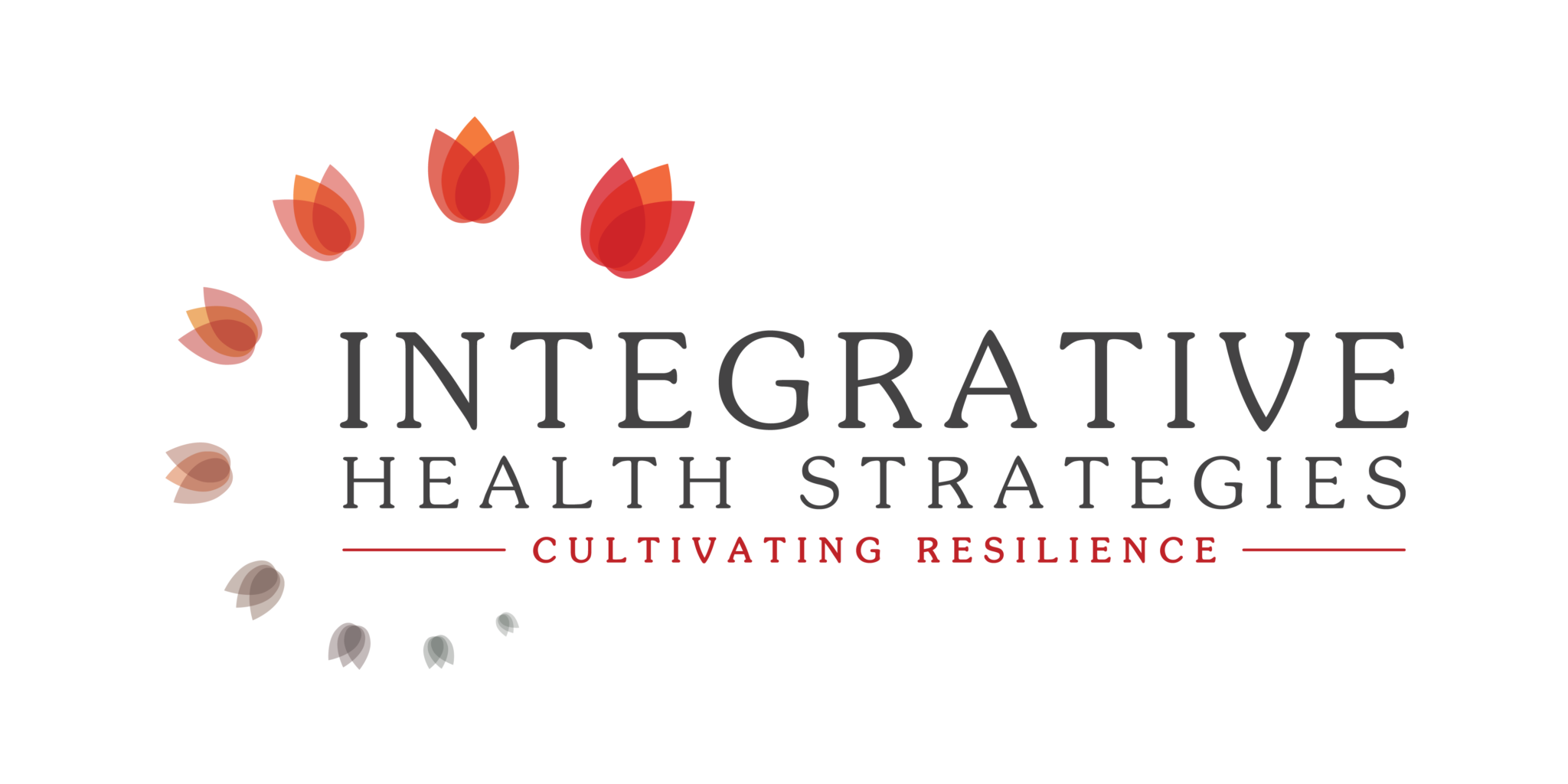Qi Gong
Qi Gong Training
Qi Gong is an ancient practice which can regulate and nourish the body. When foundations are correct, Qi Gong practice will also prepare the body for Nei Gong, a transformative art that underpins the internal practices of the east. It may result, among other things, in the shedding of conditioned biases and a greater sense of well-being.
Josie has been practicing the internal arts since 2008 and completed an intensive teacher certification through Damo Mitchell’s Lotus Nei Gong School of Daoist Arts in the fall of 2017. The personal benefits she has seen from this practice inform every aspect of Integrative Health Strategies.
Josie is excited to offer this authentic practice to clients of Integrative Health Strategies. She is available to teach several sets of Qi Gong (nourishing) and Dao Yin (purging) exercises in her courses, while also continuing her own study with Damo Mitchell and his senior students.
For information about Qi Gong classes in Northern Virginia, please get in touch.
About Qi Gong Classes
We always begin with stretching and conditioning to prepare for our practice, then work on developing our core standing posture called “Wuji” before moving through some of the exercises that make up the foundational practices of our school.
While some Qi Gong schools teach a broad range of sequences for different health and other purposes, our classical school emphasizes a few key exercises that can be worked with deeply and approached with different levels of skill over time. Some people love this approach and take to it naturally. Others find it, well, boring!
Classes are meant to be focused but fun and for a variety of ages. They are suitable for beginners and for those with experience in other schools or systems, and no specific level of fitness is required. Classes are not recommended for people younger than eighteen or for anyone suffering from mental health conditions, or whose doctor has advised against physical activity.
Stretching and Conditioning
We need a combination of flexibility and core strength to build an effective Qi Gong practice. There is no particular fitness requirement for our classes, but participants should expect each class to include some stretching and some core strength exercises suitable to their own level. Because we always seek balance, some “toned” people may find they need more flexibility for more effective practice and some “flexible” people may find they need to develop core strength.
Wuji Posture
The core standing posture for our practice is called Wuji. It is said to take between 2-3 years of regular practice to learn how to stand properly in this pose, and classically students were often required to stand for hours at a time while learning to master it. While we won’t be doing anything of that nature, we will be spending a fair amount of time learning to sink into this pose, correct it, and refine it. The quality of our Wuji posture influences everything else we do in our practice.
Qi Gong
Qi Gong exercises are typically conducted with eyes closed and a soft internal focus. The movements may have a gentle, nourishing quality to them. In our foundations curriculum there are two sets of Qi Gong practices, the Wu Xing and Qi Ben Qi Gong sets.
- The Wu Xing Qi Gong set contains five exercises that nourish the elemental energies of fire, earth, metal, water, and wood, and their corresponding organs: heart, spleen, lungs, kidneys, and liver.
- The Qi Ben Qi Gong set contains eight exercises that help us build energetic foundations and learn to move the body correctly.
Dao Yin
Dao Yin exercises are typically conducted with eyes open and a stronger external focus. They aim to stretch and twist the body to remove pathogens and stagnant information. In our foundations curriculum, there are two sets of Dao Yin practices, the Wu Dao Yin and the Dragon Dao Yin.
- The Wu Dao Yin set contains five simple, ancient, and demanding exercises that stretch joints and may clear stagnation from the body.
- The Dragon Dao Yin set contains four more complex exercises that have both a nourishing and purging quality to them and work closely with the energy of the spine. These are the exercises described in Damo Mitchell’s book The Four Dragons: Clearing the Meridians and Awakening the Spine in Nei Gong.
More information about Damo Mitchell’s classical method of teaching and teacher endorsements can be found on the Lotus Nei Gong website. Other resources include the excellent book A Comprehensive Guide to Daoist Nei Gong and multiple articles and podcasts at Scholar Sage Online Magazine.


